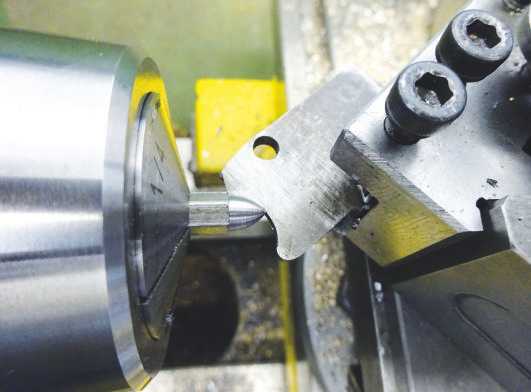
Use the mill to form the 5mm hex section. Then it’s back into the lathe with a very small round nose tool to cut the waist and turn the outside of the cup to 5mm. A small file or form tool can be used to blend the outside diameter into the waist before parting off. Tap a suitable hole in some scrap and screw the cup into it. Open up with (say) a 3.5mm drill then use a 4mm diameter bull nose milling cutter to finish the inside - if you don’t have one of these cutters then just a 4mm drill will do.
Acorn nuts (fig 15) Start by forming the decorative ‘acorn’ shape. I reused a form tool from another job that had been made from suitably hardened gauge plate but you could grind an HSS one or simply rough turn and finish with a file (photo 58). If starting with hex stock then part off before drilling and tapping to suit the thread you used on your column tops; if using round stock mill the hex first.
Exhaust pipe (fig 15) It is not easy to put a tight radius bend into tubing so I milled a 2mm radius out of the corner of a bit of brass then drilled two angled holes with a 4mm ball nose cutter to form the inner passage (photo 59). Two short tubes were then soldered into this block (photo 60) and when cool the outside was filed down until it looked like a single bent pipe. The short end can then be threaded to fit the cylinder.
Bu hikaye Model Engineer dergisinin 4624 sayısından alınmıştır.
Start your 7-day Magzter GOLD free trial to access thousands of curated premium stories, and 9,000+ magazines and newspapers.
Already a subscriber ? Giriş Yap
Bu hikaye Model Engineer dergisinin 4624 sayısından alınmıştır.
Start your 7-day Magzter GOLD free trial to access thousands of curated premium stories, and 9,000+ magazines and newspapers.
Already a subscriber? Giriş Yap
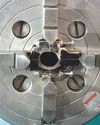
WORKSHOP TIP - Boring Eccentrics
I am making a 1 inch Minnie traction engine and have arrived at the machining of the eccentric straps.
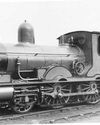
Wenford A 7¼ Inch Gauge 2-4-0 Beattie Well Tank
The stage has now been reached where the well tank body can be completed but beforehand there are some internal details to add.
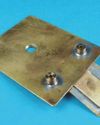
Vertical Boiler Locomotives
Vertical Boiler Locomotives
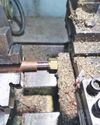
Union Nuts, and How to Make Them
These are quite different from those commercially available and are made from copper
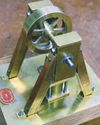
SHOWCASE Paul's Engine
One day my son Paul came to me and asked if we could make something in my workshop, so that he could learn engineering processes.
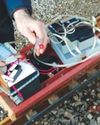
CLUB NEWS
My secret’s out!

Building Dancer - The Boiler
Dancer needed a boiler that would be somewhat larger than the size permitted under the Model Engineering exemptions in the New Zealand regulations.

An Inverted ‘Ross Yoke' Watercooled Stirling Engine
As with all my hot air engines they are cheap to build, mostly from scrap
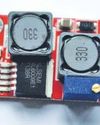
A Draught Proposal
A Draught Proposal
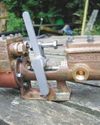
A Boiler Feed Pump
A Boiler Feed Pump